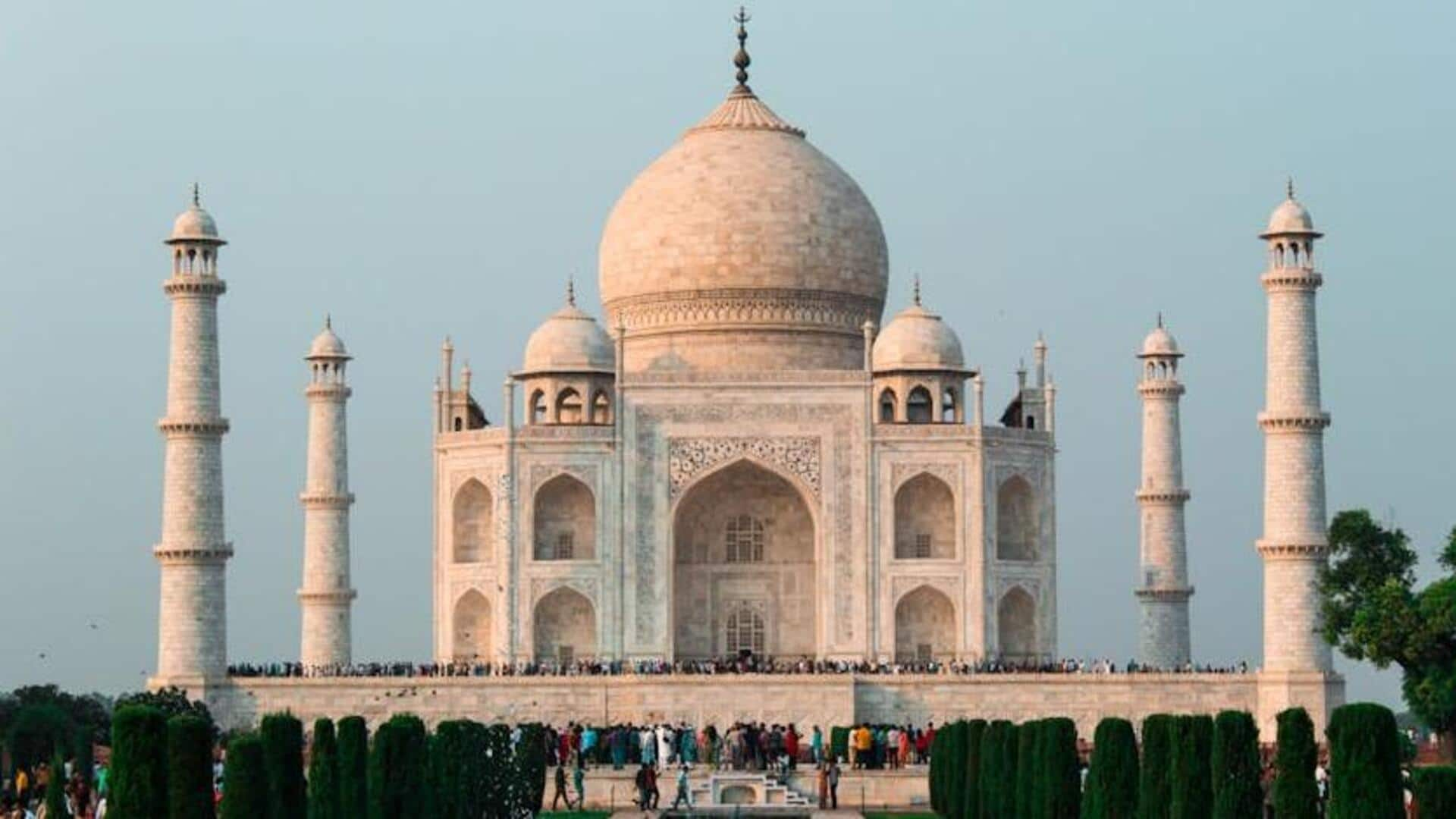
The Unity in Diversity: India's linguistic tapestry
What's the story
India's linguistic diversity is a reflection of its vibrant cultural tapestry. With over 1,600 languages spoken across the nation, each region holds a distinct linguistic fingerprint. This diversity serves as a window into India's rich cultural mosaic and stands as a testament to the harmonious cohabitation of numerous languages within a singular geographic expanse.
Official status
A country with official languages galore
India does not have a national language, but it officially recognizes Hindi in Devanagari script and English for governmental purposes. The Eighth Schedule of the Indian Constitution also recognizes 22 scheduled languages, it is responsible for their preservation and promotion. This legal framework not only acknowledges but also nurtures India's linguistic diversity, fostering the growth and preservation of its numerous languages across various domains.
Reorganization
The linguistic states of India
The linguistic reorganization of states in 1956 is a cornerstone of modern India. By recognizing language as a key component of identity and governance, India acknowledged the rich diversity of its people. Formation of states like Karnataka, Gujarat, Maharashtra, and Tamil Nadu united speakers of Kannada, Gujarati, Marathi, and Tamil respectively under one administrative umbrella. This reorganization not only improved administration but also nurtured linguistic pride among citizens.
Education system
Language in education: A diverse approach
India's education system addresses its linguistic diversity by providing instruction in various regional languages at primary levels. This method ensures that students are educated in their mother tongue, facilitating easier and more effective learning. Plus, teaching English as a second language from early grades strikes a balance between preparing students for global opportunities and maintaining their linguistic heritage.
Festivals
The cultural festivals: A linguistic celebration
Many cultural festivals throughout India place a strong emphasis on linguistic heritage in addition to religious or seasonal themes. Events such as Pongal in Tamil Nadu or Durga Puja in West Bengal transcend their religious connotations to become vibrant celebrations of Tamil and Bengali languages, respectively. These festivals serve as platforms for the expression of traditional literature, music, and arts deeply rooted in the linguistic identity of each region.
Preservation
Preserving endangered languages: Efforts underway
As globalization continues to erode linguistic diversity, a fight is underway to save India's endangered tongues. This battle is two-pronged: governmental bodies like Sahitya Akademi are undertaking massive documentation efforts, while NGOs are focusing on language revitalization through education and digital archiving. The goal? To ensure that even the smallest dialects survive and thrive alongside their dominant counterparts.